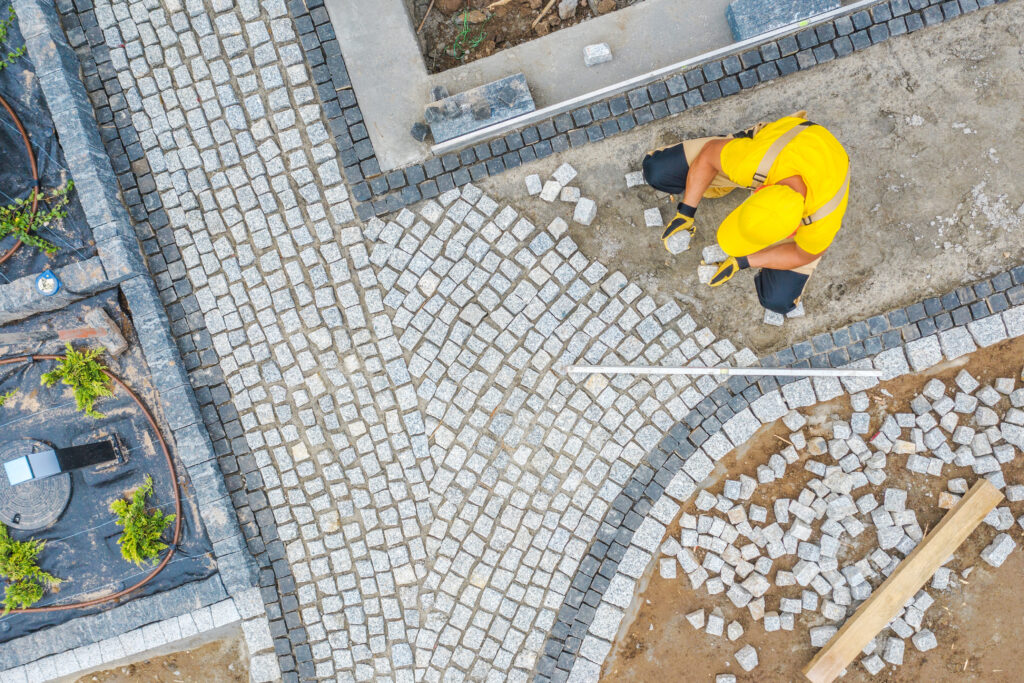Blog
Permeable Pavement: Sustainable Solutions for Urban Water Management
Development in urban areas often disrupts the natural infiltration of water, leading to many issues, such as flooding, erosion, and pollution. Many traditional pavements, made of solid concrete or asphalt, worsen these problems by preventing water from penetrating the ground. Basically, permeable pavement is a sustainable alternative that can help substantially mitigate these issues by allowing water to pass through the surface, promoting natural infiltration, and reducing runoff. Let’s take a peek at the benefits, types, and applications of this sustainable construction practice.
What is Permeable Pavement?
A.K.A. porous or pervious pavement, is a type of pavement designed to allow water to flow through its surface. Unlike traditional pavement, which does not allow the natural flow of water through its surface, and is constructed with larger spaces that enable water to flow into the drainage layers and soil below. In this type of pavement, fine materials such as sand are removed to create a more porous structure, allowing water infiltration.

Benefits of Permeable Pavement
1. Reduces Runoff and Flooding
One of this material’s main advantages is its ability to lessen stormwater runoff. By allowing water to seep into the ground, permeable pavement reduces the chance of erosion and helps to prevent flooding. This is especially crucial in urban settings, where impervious surfaces predominate and natural infiltration is severely restricted.
2. Enhances Groundwater Recharge
Rainwater seeps into the soil through the pavement’s surface and pores, which encourages groundwater recharge. This promotes the restocking of aquifers and the maintenance of nearby water supplies by upholding the natural hydrological cycle. Permeable pavement can be essential for preserving water in places with a shortage.
3. Improves Water Quality
4. Mitigates Urban Heat Island Effect
The urban heat island effect can also be lessened using permeable pavement. Urban areas experience higher temperatures due to traditional pavements’ absorption and retention of heat. However, water can evaporate from the surface, lowering ambient temperatures and producing a cooling effect.
Applications of Permeable Pavement

Permeable pavement can be used in a variety of settings to promote sustainable water management:
Parking Lots: It helps to manage stormwater runoff, reduce flooding, and improve water quality. Driveways: Prevents water pooling and supports groundwater recharge. Roads: Permeable asphalt or concrete roads reduce surface runoff and contribute to cooler urban temperatures. Pedestrian Pathways: Pervious concrete or interlocking paver pathways enhance water infiltration and provide durable, aesthetically pleasing surfaces.
Permeable pavement provides a sustainable construction solution to the challenges of urban water management. It contributes to landscape restoration by encouraging natural infiltration, reducing runoff, and improving water quality. Using permeable pavement can be essential to building more resilient and sustainable cities as urban areas expand. Whether used in parking lots, driveways, roads, or pathways, this method is a practical and effective stormwater management solution that improves the urban environment.





